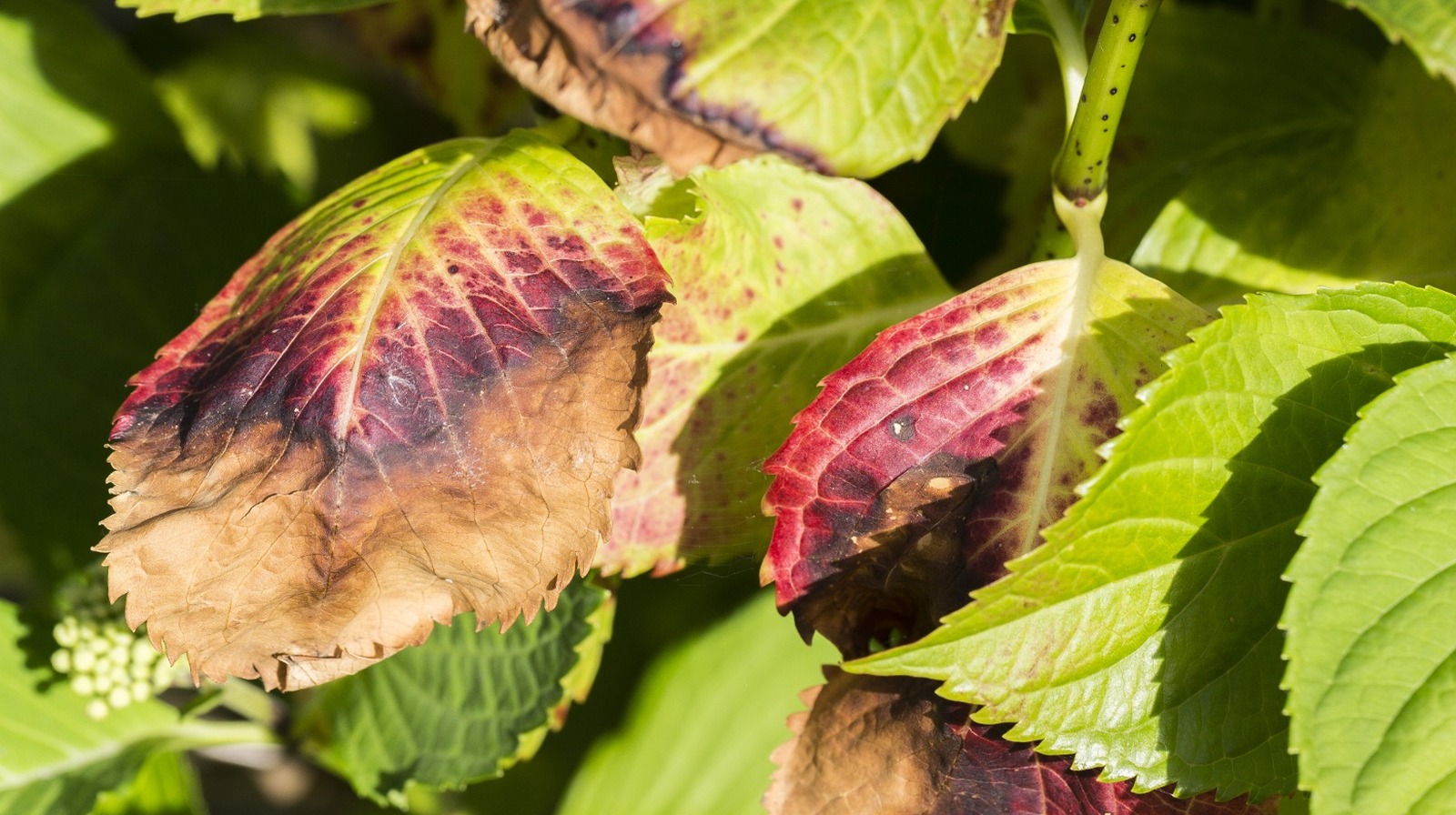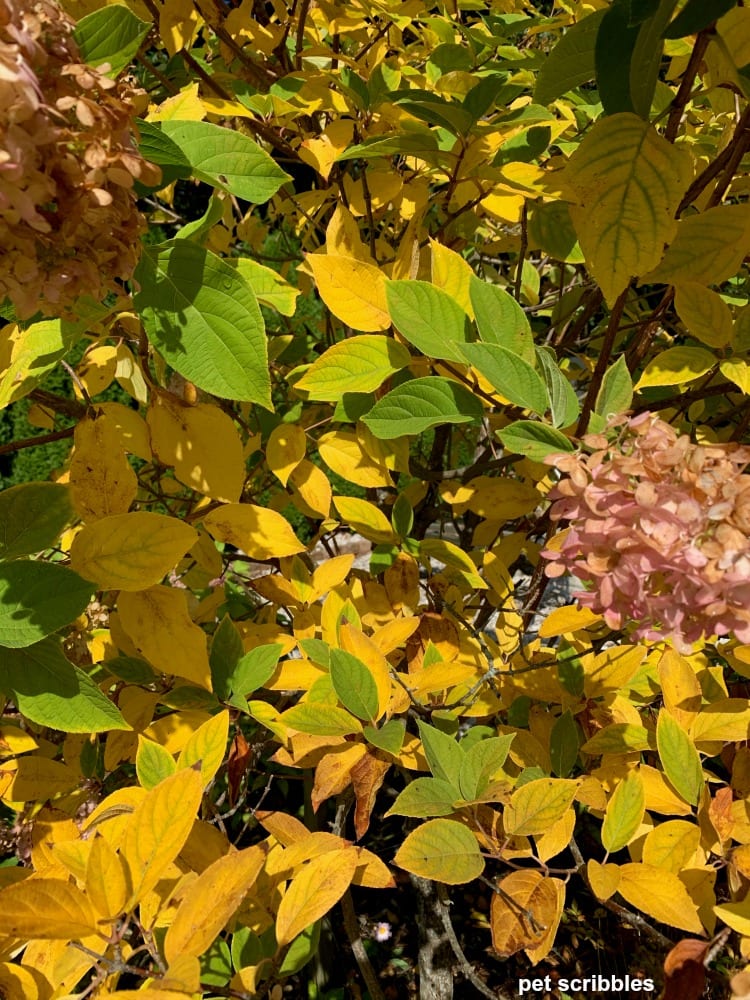The Best Guide To Hydrangea Leaves Turning Yellow
Table of ContentsSome Ideas on Hydrangea Leaves Turning Yellow You Need To KnowHydrangea Leaves Turning Yellow Fundamentals Explained5 Simple Techniques For Hydrangea Leaves Turning YellowHydrangea Leaves Turning Yellow - An Overview
Hydrangea plants are recognized for their stunning blossoms, but sometimes their leaves can turn yellow. This is typically an indication that something is wrong and the plant requires your assistance. There are several possible causes of yellow fallen leaves on Hydrangeas, and thankfully the majority of them are easy to take care of. Right here we'll cover the most common causes of Hydrangea leaves transforming yellow and exactly how to fix them.Nevertheless, Hydrangea leaves transforming yellow can be a cause for worry. There are several reasons that Hydrangea leaves turn yellow, and a lot of them are easy to take care of. Allow's check out one of the most common factors why Hydrangea leaves turn yellow and exactly how to repair them. Hydrangea leaves usually turn yellow when the plant is overwatered.
When the roots of a plant are immersed in water for extended periods, they start to suffocate and rot. This procedure cuts off the origins' oxygen supply, creating the leaves to turn yellow and at some point die. Overwatering can also lead to other troubles such as fallen leave decrease, origin damage, and fungal development.
If you think your Hydrangea is overwatered, the most effective option is to allow the soil completely dry out totally prior to watering once again. It's also an excellent concept to check the water drainage of your pot or garden bed and make sure that water is not merging around the plant's origins. Hydrangea plants require well-drained soil to thrive.
All about Hydrangea Leaves Turning Yellow
Hydrangea leaves can also turn yellow if the plant is not obtaining sufficient water. This occurs when the plant does not get sufficient water, and the soil starts to dry out.

This is understood as "plant food shed," It occurs when the plant's origins are revealed to too much fertilizer. Other signs of plant food burn include browse around these guys brown or yellow leaves, wilting, and stunted growth.
This will certainly help eliminate any type of excess plant food from the roots of the plant. It's also a good concept to decrease the quantity of fertilizer you are using. Fertilizing once a month throughout the growing period should suffice. If you are using chemical plant food, it's ideal to use one that is watered down and applied according to the manufacturer's directions.
The smart Trick of Hydrangea Leaves Turning Yellow That Nobody is Talking About

If your Hydrangea is infested with parasites, dealing with the plant with neem or gardening oil is the ideal remedy. It's also excellent to remove any kind of afflicted leaves from the plant. You can do this by hand or with a pair of pruning shears. It's additionally a great concept to inspect the plant frequently for insects and eliminate them as soon as you see them.
Hydrangea leaves can likewise turn yellow if the temperature level worries the plant. The fallen leaves of the plant will transform yellow and begin to go down off.
If the temperature level worries your Hydrangea, you require to move the plant to an area where it will be shielded from the extreme cold or heat. You can additionally try to supply the plant with some partial color if exposed to route sunlight. You can additionally try look what i found adding mulch around the plant base to assist regulate the temperature level.
The 5-Second Trick For Hydrangea Leaves Turning Yellow
When the plant's origins are immersed in water for too long, they start to rot. One of the most usual root rot symptoms is yellowing leaves, as the fungi stops the roots from soaking up nutrients from the dirt.
Other indications of origin rot consist of stunted growth, wilting, and leaf decrease. Inspect the origins of your Hydrangea if it has root rot. If they are black or brown, after that they are possibly rotten. If some healthy and balanced origins are left, you can attempt to conserve the plant by replanting it in a new pot with fresh soil.
Water the plant thoroughly, seeing to it not to overwater it. If your Hydrangea is greatly affected by root rot, starting with a brand-new plant is best. All-natural causes can likewise cause yellow hydrangea leaves. The most typical cause is the plant's age. As Hydrangeas age, their leaves will slowly turn yellow and brown before diminishing the plant.
You can help the plant by guaranteeing it is obtaining enough water and nutrients. One opportunity is that the plant is not obtaining sufficient water.